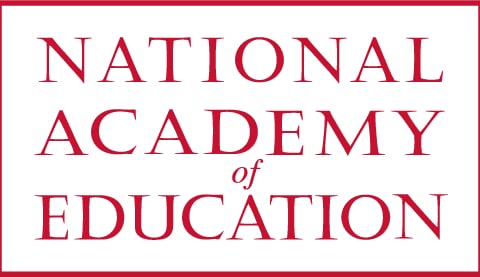Seeing Chance: Fostering Student Implicit Knowledge Towards Fluency in the Domain of Probability and Statistics
Dor Abrahamson
About the research
Award
NAEd/Spencer Postdoctoral Fellowship
Award Year
2005
Institution
Northwestern University
Primary Discipline
Mathematics Education
Leading mathematics education authorities have identified student understanding of probability and statistics as “essential [for being] an informed citizen, employee, and consumer.” Yet, national reports currently paint a bleak picture of students’ understanding of this subject. Student performance is especially disconcerting given that very young students already have rich everyday experiences with chance. If students can generally make sense of addition and subtraction on the basis of understanding simple situations, why can they not leverage their implicit understanding of probability towards formalizing this understanding mathematically? Perhaps prevalent classroom learning supports do not engage these implicit understandings. I propose to identify, typify, and tap students’ early notions for this domain and explore potential learning paths towards mastery of the central ideas of probability and statistics. To do so, I will work closely with elementary and middle-school students to observe their strengths and challenges in negotiating between their unarticulated intuitions and a set of objects and computer-based activities I have been creating. The proposed methodology is ‘design research’: through cycles of implementation, analysis, and modification, I will home in on concrete and virtual forms that enable students to express their knowledge and link it to formal mathematical notations. The learning-and-facilitation tools are designed for students to ground, within a coordination of combinatorial analysis and simulations of probability experiments, an appreciation and understanding of the ineluctable determinism of emergent distributions of stochastic events. One direction of the planned research is to explore the temporal–spatial and additive–multiplicative relations inherent in various visual representations of stochasm. That is, I will investigate: (a) learners’ resources that enable them to understand outcomes of probability experiments that are experienced dynamically yet represented statically; (b) learning issues of students’ additive vs. multiplicative reasoning; and (c) design issues, e.g., how implicit visual cues enable or constrain spatial–temporal and additive–multiplicative coordination.
About Dor Abrahamson
N/A
